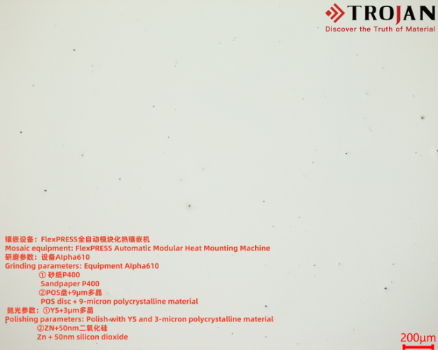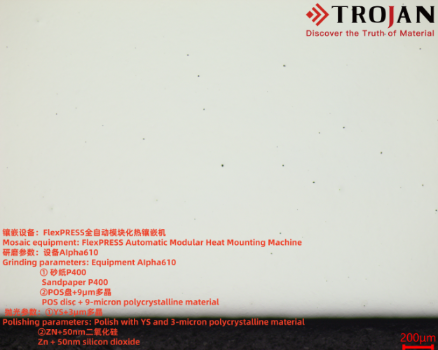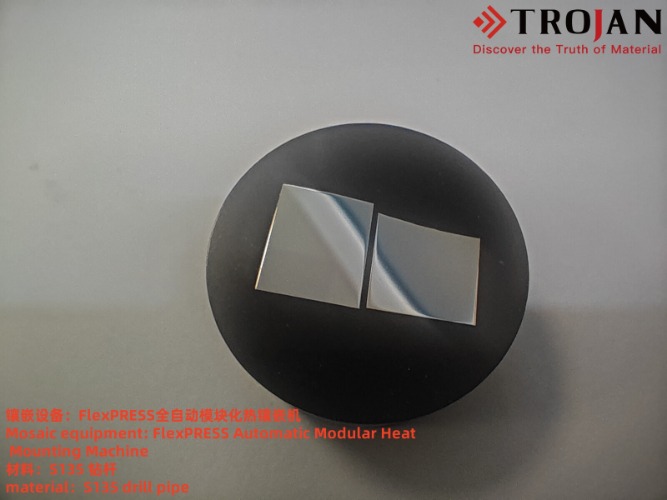Petroleum pipe materials are key materials in the petroleum and natural gas industry, mainly divided into oil casing, drill pipe and pipeline pipe, each with distinct characteristics and performance.
Oil casing: "Guardian" of oil wells, with high strength, good toughness, corrosion resistance, precise dimensions, and stable well wall to prevent collapse.
Drill pipe: "Force transmission hand" of drilling, with strong tensile and torque resistance, thickened at the end, special processing of the threads, to transmit torque and deliver drilling fluid.
Pipeline pipe: "Transportation belt" for oil and gas, with sealing and pressure resistance, anti-cracking, optimized according to the environment, and safe long-distance transportation of oil and gas.
Petroleum pipe materials are the core of the infrastructure of the petroleum industry, and their performance directly determines the depth of oil and gas field development (such as ultra-deep wells), recovery rate (such as stratified production), and safety (such as corrosion resistance, fracture resistance). With the expansion of oil and gas exploration to the deep sea, deep layers, and unconventional fields, higher requirements have been put forward for the pipe materials' ability to withstand high temperatures, high pressures, and corrosion by complex media.
The important technical means of observing and analyzing the microscopic structure of materials through metallographic sectioning plays a key role in the quality control, failure analysis, and process optimization of petroleum pipe materials, directly related to the reliability and safety of the pipe materials in complex working conditions of oil and gas fields.
The following are the sample preparation parameters and microscopic effect appreciation of petroleum pipe material samples:






 中文简体
中文简体 英语
英语 西班牙语
西班牙语 德语
德语







.jpg?imageView2/2/w/400/format/jpg/q/75)









